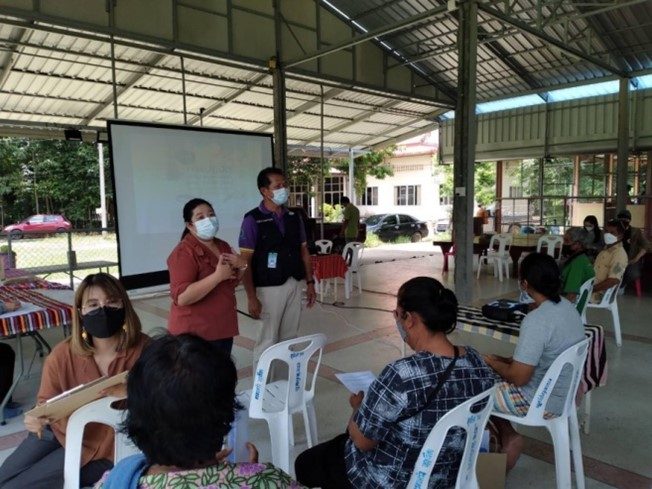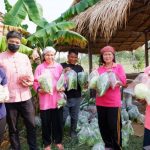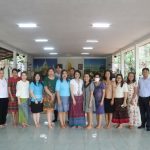By Assistant Professor Dr. Wipawee Thaimeungpol and team
Project duration: December 1, 2021 – September 30, 2022
Target group and operation area: Frog farmers in Nong Bua Kaeo Subdistrict, Phayakkhaphum Phisai District, Mahasarakham Province
SDGs Goal 14: Conserve and sustainably use the oceans, seas, and marine resources for sustainable development (Life Below Water)
Sub-goal 14.2: Supporting aquatic ecosystems through education
- Indicator 14.2.2: Sustainable fisheries (community outreach): Offer educational programs or outreach for local or national communities on sustainable management of fisheries, aquaculture, and tourism.
Sub-goal 14.5: Maintaining a local ecosystem
Indicator 14.5.3: Programs towards good aquatic stewardship practices: Develop and support programs and incentives that encourage and maintain good aquatic stewardship practices.
หัวข้อย่อย 14.5 Maintaining a local ecosystem
ตัวชี้วัด 14.5.3 Programs towards good aquatic stewardship practices: Develop and support programs and incentives that encourage and maintain good aquatic stewardship practices
Innovative Frog Farming Project in Accordance with Best Aquaculture Practices under the Sustainable Community Engagement Program for Sustainable Development
This project aims to expand the utilization of mobile frog spawn breeding kits to develop and establish model agricultural farms adhering to Good Aquaculture Practices (GAP). Additionally, the project intends to create value-added products from frog offspring. Through careful planning and implementation, this initiative addresses the needs of farmers, providing them with breeding kits and water treatment equipment, thereby improving water quality and enhancing froglet survival rates. Furthermore, the project facilitates knowledge transfer to encourage proper frog farming practices and promotes product diversification. In this endeavor, the project team visited a model frog offspring processing facility in Nakhon Phanom province, Thailand, to gain insights into best practices.








